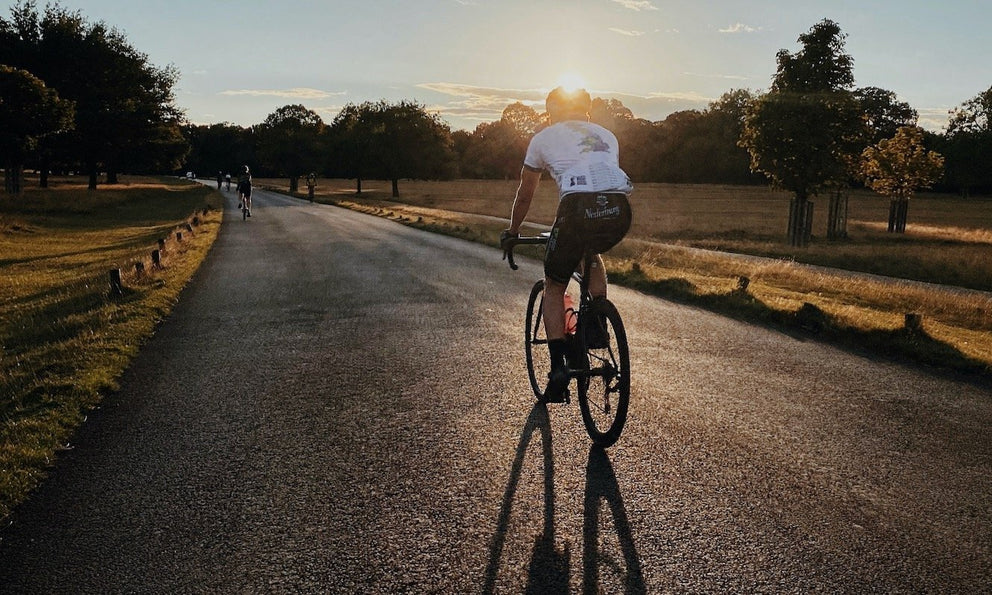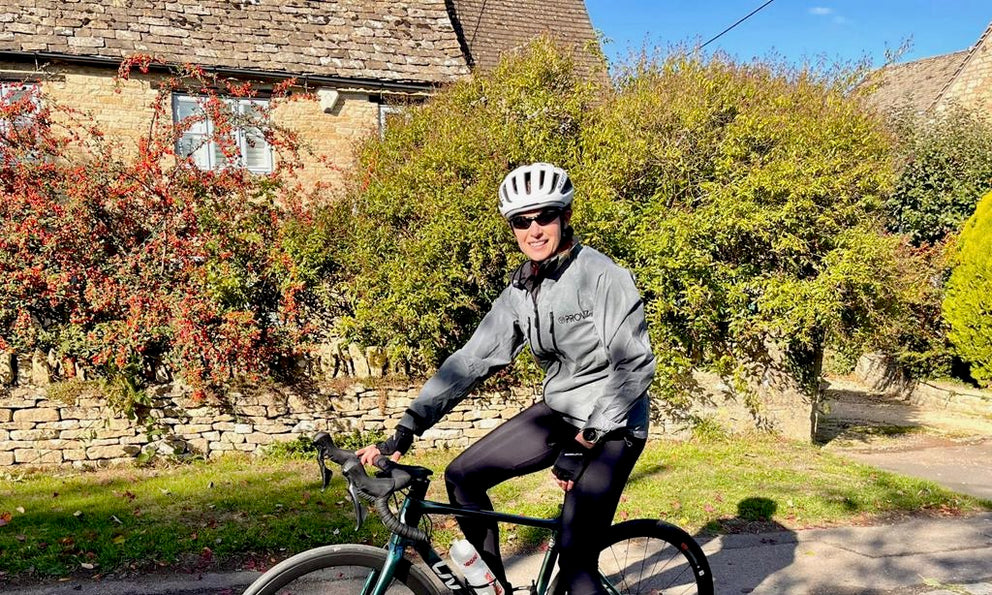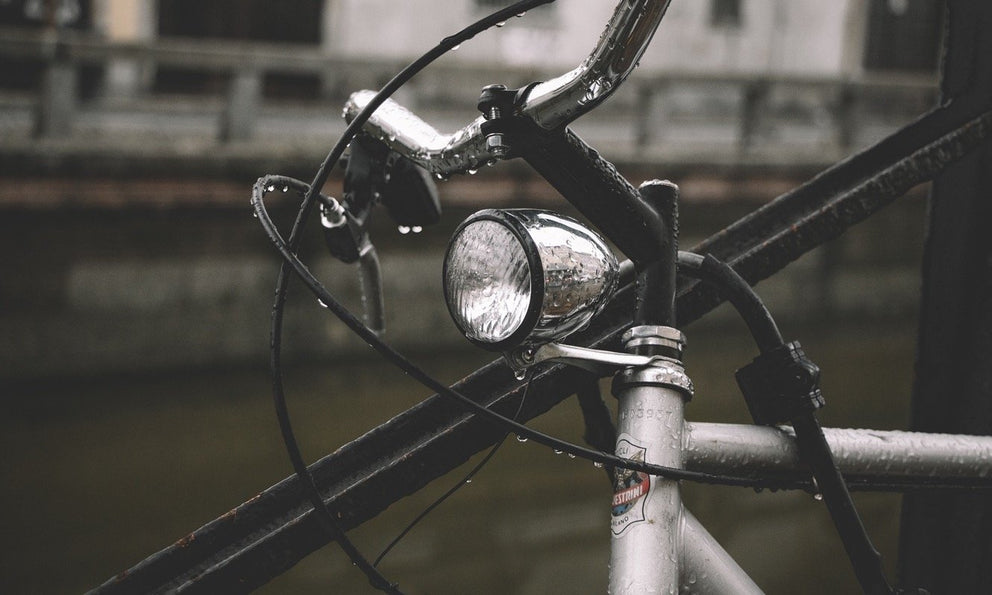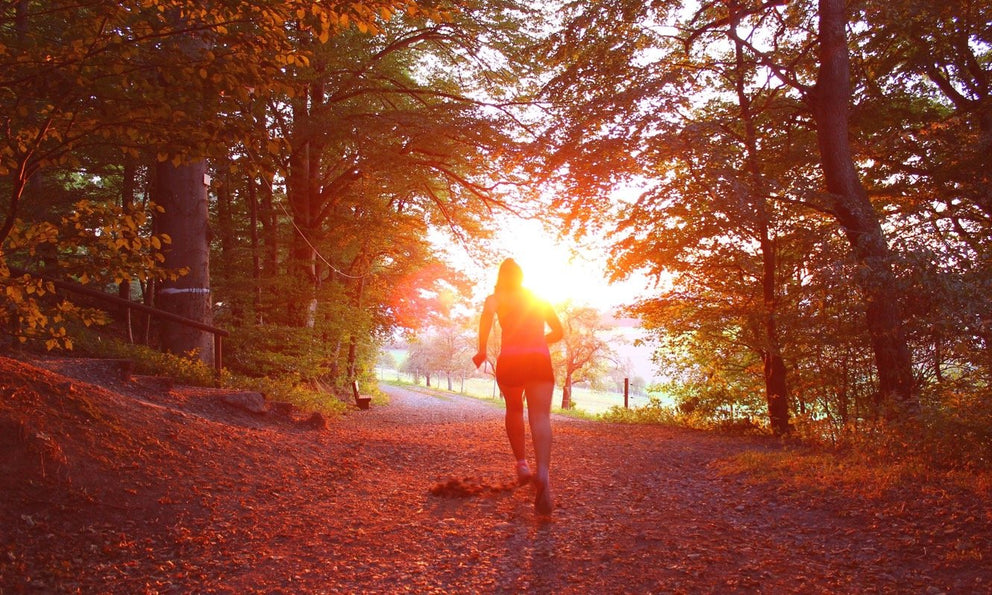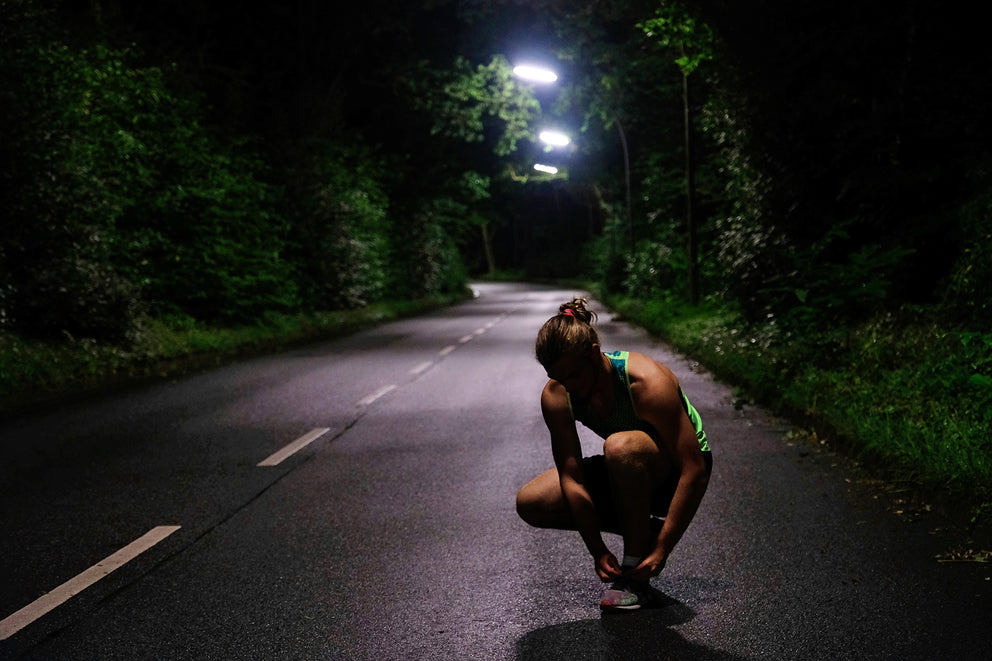It's a fact that more of us take up active outdoor hobbies, such as running and cycling, at this time of year than we do in the wave of new-year-new-me activity in January. Even many keen cyclists, runners and hikers up their activity levels at this time of year, as the longer days and warmer temperatures lure us outside more often.
However, whilst we can all worry a bit less about slipping on patches of ice, carrying lots of warm layers or any of the other hazards particular to winter cycling excursions, bike riding in the summer comes with its own risks.
We've identified the top 10 things you should do this summer to stay safe while out and about on your bike. These points are pretty summer-specific. Wearing a bike helmet that is fit for purpose, adhering to the highway code, keeping a safe distance from other vehicles and letting someone at home know your route and your estimated return time before you set off are evergreen requirements that aren't on the list because they should be second nature all year round.
1. Carry Spare Batteries
Many avid cyclists who go out for miles and miles at a time are already in the habit of carrying spare batteries for their key bits of kit, such as their lights and their phone. If it's only the better weather conditions of the warmer months of the year that tempt you to consider epic rides, it is a good time to start including back-up batteries in your kit. No one wants to be stranded in the dark at the roadside without functioning lights or a phone.
Top Tip for carrying bike light batteries - Transporting your spare batteries in the unbroken manufacturer's packaging is probably your safest bet, but if you use rechargeable batteries, carry your spares in a waterproof container, ensuring there is nothing else made of metal in the container with them and that the terminals cannot touch one another.
2. Multi-Layer Your Hi Viz and Reflective Layers,
British summer days can be a voyage of discovery! What starts as a misty, cloudy day can become a scorcher by lunchtime and bright sunny mornings can become drizzly, grim afternoons. Stay safe, no matter what the weather gods throw at you, by ensuring that all the layers you pack are brightly coloured and feature reflective elements. That way, whether you have stripped to your vest for a heatwave or layered up for a rain storm, you will still be visible to other road users.
Top Tip - It may also be worth buying a reflective backpack cover, so that you can carry extra kit on your back whilst staying visible to drivers behind you at all times and keeping all your stuff dry if you get caught in a summer downpour. It is a common mistake for cyclists to invest in bright clothing, only to cover it up with a dark coloured back pack. A back pack cover allows you to use your favourite day bag without having to worry about what colour it is.
3. Stay Hydrated
Cycling is pretty thirsty work at the best of times and you need to be extra vigilant in hot weather. Remember to hydrate before and after your ride, as well as ensuring you have plenty of water with you. You should be drinking water every 15 minutes during your ride - if you wait until you feel thirsty you are already dehydrated. Before you set off, make sure you scope out places you can stop to refill your bottles, so that if you drink more than you expected, you aren't stuck with empty bottles for the journey home.
Top Tip - Freeze your water bottles the night before, so that your drink stays nice and cool for longer on your ride.
4. Beware of Shade
In areas of deep shade or in places of dappled shade, drivers will struggle to see you if your lights are off or you are wearing black or neutral colours that blend in with your environment. Our eyes struggle to adjust between bright light and deep shade and a driver may not have time to react quickly enough by the time they have spotted you.
It is particularly difficult for drivers to spot vulnerable road users in deep shade early or late in the day, when the sun is low. These conditions may only form a fleeting part of your journey, but it's worth wearing high visibility clothing with reflective elements and keeping your lights on to maximise your visibility to motor vehicles and to guard against becoming a cycling casualty statistic.
5. But Also Beware of the Sun!
The cooling effect of wind resistance means that you may not notice you are getting sunburnt when out on your bike on sunny days. Wear a sweat resistant high SPF sun cream and cover up as much as possible in lightweight layers to avoid looking like a lobster on a bike by lunch time.
Aside from turning you embarrassingly red and being really uncomfortable, burning in the sun increases your risk of skin cancer, so make sure you are fully protected when out and about on your bike this summer. Pay particular attention to protecting your knees, calves and the back of your neck, as your position on your bike means that these areas are more exposed to the sun than other areas of your body.
6. Look Out for Your Entourage
If you are cycling with your dog or with young children, remember your tolerance for the heat is better than theirs and they may be suffering, even if you aren't. Stop frequently for refreshments, to apply extra sun protection (yes, you can buy sunscreen for dogs) and to check that they are ok. If it is a really sunny day, consider a shorter bike ride with your four-legged friend or your mini bicycle users in the early morning or later in the evening, or even waiting for a cooler day to embark on your cycling adventure together.
7. Don't Challenge Yourself to Longer Bike Rides on Hot Days
It may be tempting to make the most of good weather by staying out all day but your body has to work harder in hot temperatures and you don't want to burnout and get stranded miles from home. This is especially true if you aren't a regular cyclist, as the joint stresses of the heat and more exercise than you are used to aren't a good combination.
8. Give Your Bike a Service (or pay a professional at a bike shop to do it for you)
If you are a fair weather bike rider and your bike has been in storage over the winter, make sure you give it the once over before setting out on your first summer ride, to make sure bike gears, brakes, wheels and lights are all working as they should be.
Thorough bike maintenance is key to safe cycling, so if the workings of your bike are a bit of mystery to you and you opt for engaging a pro to do it this time, it may be worth doing a bike maintenance workshop so you can perform basic bike checks yourself in future. It could also help you diagnose and fix problems with your bike and bike accessories while you're on the go, which is a hugely useful skill to possess.
9. Wear The Right Clothing
Stay cool by wearing lightweight, moisture wicking clothing that is custom made for cycling. Well-fitting cycling shorts and a good summer-weight cycling jersey will allow you to move freely, prevent the build up of sweat and stop chaffing and irritation. If your clothing is uncomfortable it will be distracting you, which means the road won't have your full attention and your bike safety will be compromised.
Wear sunglasses with 100% UV filtering to prevent eye strain and even permanent damage to your eyes. Wearing glasses also helps to screen them from dust and bugs, which is a huge bonus!
It may seem counter-intuitive, but consider wearing fingerless gloves if you are planning on going out for a long summer bike ride. Bare hands that are sweating on the handlebars can become sore and a lightweight pair of gloves will help to wick the moisture away and prevent chaffing.
Top Tip - Investing in a lightweight cycling top with a full-length front zip can help you regulate temperature when you're out on your bike during the summer months. Zip it right up for chilly early mornings and late evenings (or when you stop moving for extended periods of time) and channel your inner Hoff by unzipping to the waist when you're working really hard or in full sun.
10. Be Prepared to Transition from Day Viz to Night Viz
Even if you don't plan to be out after dark, make sure you are prepared for cycling at night . A longer than planned stop at a watering hole, a puncture that took a while to fix, a long chat with a friend you met by chance... all these things can mean that you are finishing your summertime bike ride after the sun has gone down. To ensure you are ready for any of these eventualities:
- Have a warm top layer that is both reflective and hi viz to keep you warm and visible to traffic after dark.
- Invest in really good bike lights with long battery life and a range of settings from regular to bright and steady to fast flash modes. Make sure it's easy to change them from one setting to another, as the irony of having an accident whist adjusting a bit of kit that is supposed to be helping to keep you safe will not be funny for a really long time afterwards!
Don't Be Put Off!
When you consider all the risks of cycling in the warmer months, it is easy to put yourself off jumping on your bike this summer, but you shouldn't let them discourage you. Before you even factor in the environmental benefits and the public health benefits, getting outdoors and cycling in the sunshine is a real joy and far more pleasant than being stuck in a hot car.
Whether you are commuting to work each day and enjoying the benefits of a local active travel scheme, exploring the quieter roads around your home with your family at the weekend, or discovering somewhere new from the "comfort" of a bike saddle, there is a lot to love about summer cycling. Making sure your bike is summer-ready and investing in a few key bits of kit to keep you safe and comfortable is really all you need to do mitigate the risks and discover all the pleasures of travelling by bike this summer.




 British designed
British designed
